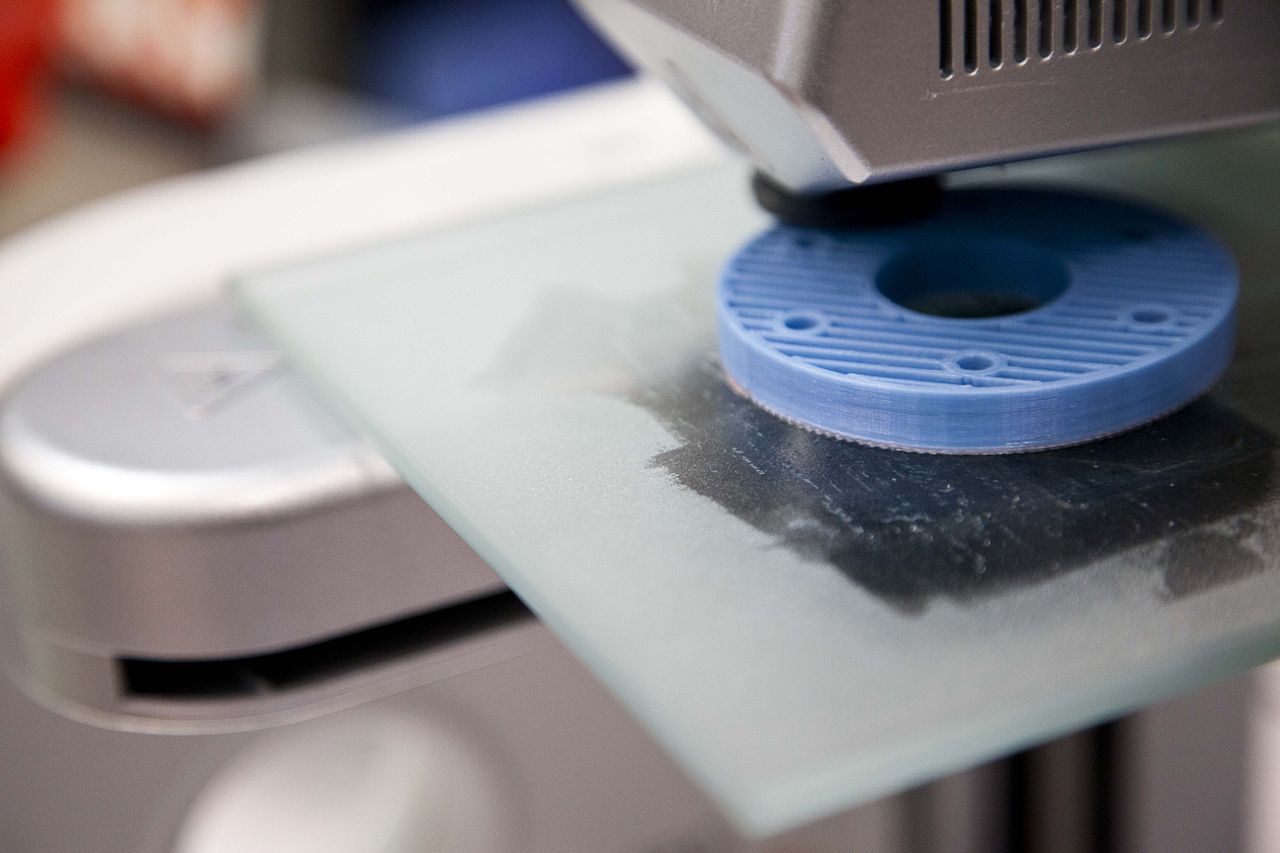New research shows how 3D printing is susceptible to hacking
In the recent years additive manufacturing (AM), or 3D printing, technology has exploded. According to reports, the $4 billion industry is expected to quadruple by 2020.
It is anticipated that one day, thanks to the technology, manufacturers could print everything from cars to medicines, and we’re seeing much of those predictions come to life already. Even the Federal Aviation Administration recently certified the first 3D-printed part for GE commercial jet engines, and companies like Ford Motor Company are using 3D printing to build products and prototypes.

As with most technology these days, there are risks. Engineers from the NYU Tandon School of Engineering have recently revealed some of the risks that come along with 3D printing technology in The Journal of The Minerals, Metals & Materials Society (JOM).
In their paper, the engineers examined two aspects of 3D printing that have cybersecurity implications: printing orientation and insertion of fine defects.
“These are possible foci for attacks that could have devastating impact on users of the end product, and economic impact in the form of recalls and lawsuits,” said Nikhil Gupta, noted materials researcher and an associate professor of mechanical engineering at the New York University Tandon School of Engineering.
the 3D-printing process requires that a product be build from a computer assisted design (CAD) file sent by the designer. The manufacturing software deconstructs the design into slices and positions the printer head. The printer then applies material in ultra-thin layers.
The researchers discovered that the orientation of the product during printing could make as much as a 25% difference in its strength.
Since CAD files do not give instructions for printer head orientation, attackers could alter the process without detection.
“With the growth of cloud-based and decentralized production environments, it is critical that all entities within the additive manufacturing supply chain be aware of the unique challenges presented to avoid significant risk to the reliability of the product,” said Ramesh Karri, professor of electrical and computer engineering and cybersecurity researcher.
The team suggests that an attacker could hack into a printer that is connected to the Internet in order to introduce internal defects as the component is being printed.
“New cybersecurity methods and tools are required to protect critical parts from such compromise,” said Karri.
When the researchers introduced sub-millimeter defects between printed layers, they found that the defects were undetectable by common industrial monitoring techniques, such as ultrasonic imaging, which do not require destruction of the sample. Over time, materials can weaken with exposure to fatigue conditions, heat, light, and humidity and become more susceptible to these small defects.
These kind of defects could result in component failure.
Read the full report here.
Story via NYU.


Comments are closed, but trackbacks and pingbacks are open.